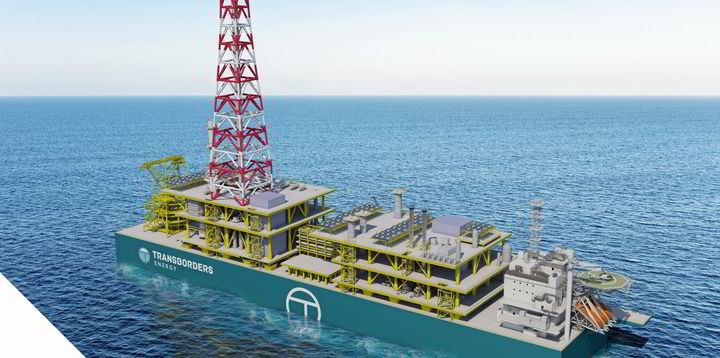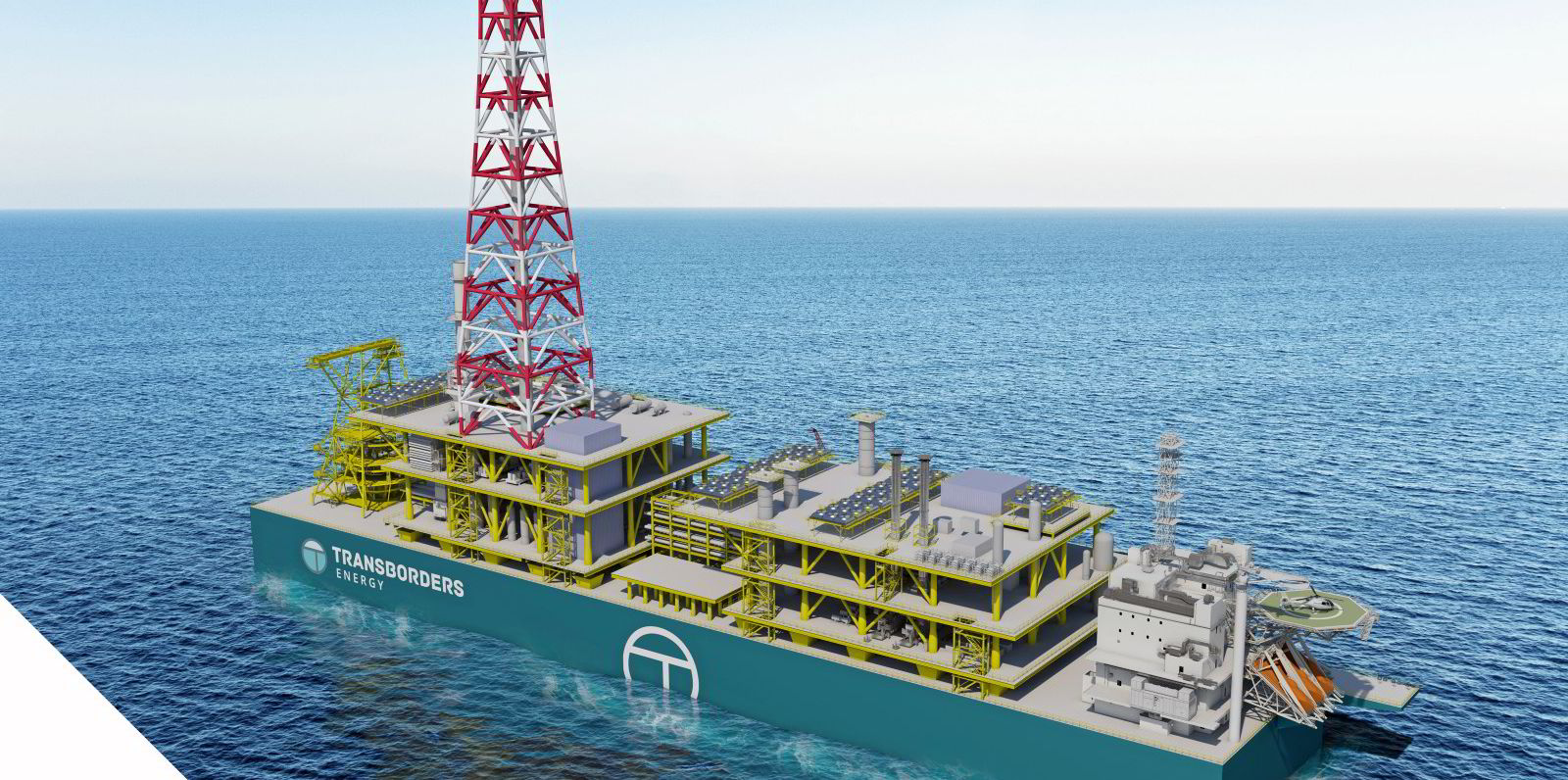Australian independent Buru Energy is progressing towards exploitation of its potentially giant Rafael gas condensate discovery onshore Australia, with the operator looking to move into the front-end engineering and design (FEED) phase following delineation drilling in 2024.
However, despite initial study work showing that a floating liquefied natural gas (FLNG) project would be viable, the operator is keeping its development options open via in-house and third party studies.
A recently completed pre-feasibility study performed in collaboration by Technip Energies, Transborders Energy and Buru found that an approximate 1.6 million tonnes per annum FLNG facility is technically, commercially and economically feasible option to commercialise the 100% Buru-owned Rafael field.
“Following on from Buru’s acquisition of Origin Energy’s Canning Basin joint venture interests announced less than two months ago that gave it 100% ownership of the regionally significant Rafael resource, the completion of this study is a significant step forward in the commercialisation pathway for Rafael,” commented Buru’s chief executive Thomas Nador.
Rafael has independently assessed potential recoverable volumes of more than 1 trillion cubic feet of gas and over 20 million barrels of condensate.
Buru will continue to work with Transborders and its multi-project collaboration partners including Kyushu Electric Power, Mitsui OSK. Lines, Technip Energies, SBM Offshore and Add Energy to progress commercial discussions and to refine the cost and schedule parameters for the next phase of project definition.
Article continues below the advert
Performing these studies in tandem with the ongoing appraisal work is intended to enable the project to move into the front-end engineering and design phase following appraisal drilling next year.
Transborders’ solution
Transborders is hoping to deploy its own FLNG solution at Rafael. The envisaged development concept centres on LNG exports via a local offshore facility, with onshore condensate and liquid petroleum gas (LPG) separation to complement other commercialisation options for Rafael gas and condensate, which continue to be developed in parallel by Buru and third party engineering contractors to ensure rapid progression of development on a selected concept following appraisal drilling.
Alongside the Transborders’ study, Buru is exploring a number of other options for the early commercialisation of a range of Rafael resource sizes, including local LNG production for the Kimberley region and converting gas into products including methanol, ammonia and urea.
These parallel studies are being developed to a similar level of definition as the FLNG study and are due to be completed in the second quarter this year.
Technip Energies has already performed engineering to a pre-FEED level for a generic FLNG facility for Transborders, which would facilitate its rapid assessment for the Rafael field. There is also the potential for Buru to jointly own the FLNG vessel if this development option is chosen.
Rafael’s feed gas for the FLNG facility would need to be processed to pipeline specifications, which would involve condensate removal and stabilisation and LPG separation. As the Rafael raw gas stream has very low levels of CO2 (approximately 2%), there would be minimal requirements for gas conditioning.
Even so, Buru has identified the potential for the Rafael field development to benefit from carbon capture and storage (CCS) solutions being developed by its subsidiary Geovault.
Meanwhile, the operator is advancing preparations for a 3D seismic survey over the Rafael field ahead of acquisition in the second half of this year ahead of the appraisal drilling planned in 2024.

